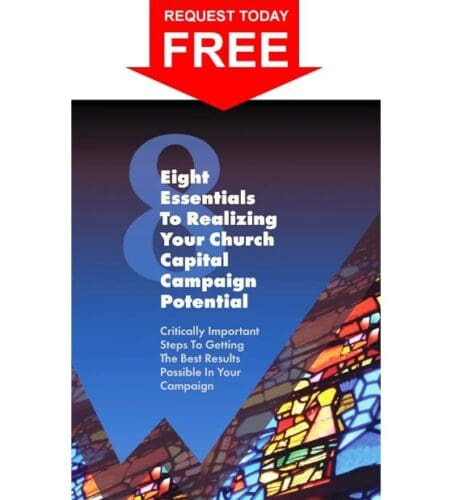A Guide for Church Pastors and Leaders
Practical Tools & Pastoral Insights To Inspire Generosity & Strengthen Ministry
 As the year draws to a close, many pastors and church leaders find themselves balancing Advent preparations, Christmas services, and ministry planning for the year ahead. Amid the busyness, one key opportunity often goes underutilized and that is year-end giving.
As the year draws to a close, many pastors and church leaders find themselves balancing Advent preparations, Christmas services, and ministry planning for the year ahead. Amid the busyness, one key opportunity often goes underutilized and that is year-end giving.
For most churches, the final weeks of the year represent a significant percentage of total annual giving. In fact, many organizations receive as much as 30% of their annual gifts in December, with a large portion coming in the final few days of the year. This means a thoughtful, well-timed approach to year-end generosity can have a profound impact on your ministry’s ability to fulfill its mission in the new year.
Why Year-End Giving Matters
- Spiritual Readiness: The Advent and Christmas seasons naturally invite reflection on God’s generosity. People are more spiritually open and emotionally engaged during this time — making it an ideal moment to encourage gratitude, stewardship, and generosity.
- Financial Opportunity: Donors are also more financially aware as they review their budgets, bonuses, and tax planning. Many are actively looking for meaningful, tax-deductible opportunities to give before December 31.
- Mission Momentum: A strong year-end response helps your church begin the new year with confidence — supporting ministry priorities, community outreach, and even upcoming capital or building needs.
Practical Steps for Pastors and Church Leaders
- Communicate Early and Clearly: Begin mentioning year-end giving in late November or early December. Use multiple channels like pulpit announcements, email updates, bulletins, and social media — to share the opportunity and how gifts will make an impact.Example message: “As we close this year in gratitude, we invite you to prayerfully consider a year-end gift to help us continue sharing Christ’s love in our community.”
- Highlight Specific Impact: Donors give more generously when they know their gift has purpose. Instead of a general appeal, connect giving to specific ministries or goals such as “Your year-end gift will help expand our children’s ministry space.” or “Your generosity will fund new outreach opportunities in 2026.
- Make Giving Simple: Ensure your giving options are clear, visible, and easy — online, by mail, or in person. Update your website with a “Year-End Giving” button and clear instructions. Include deadlines for checks or electronic gifts to qualify for the current tax year.
- Leverage Storytelling: Share short, heartfelt stories of how giving has transformed lives in your congregation or community. Real stories move hearts more than statistics ever will.
- Express Gratitude: Don’t let gifts go unacknowledged. Send a thank-you note, call, or email — especially to those who make larger or first-time contributions. Gratitude builds trust and deepens relationships.
Bonus: Promote Tax-Deductible Giving
Remind members that gifts made by December 31 are tax-deductible for the current year. This isn’t about appealing to finances but about helping faithful givers steward their resources wisely.
Tip: Send a final reminder email or social media post the last week of December with a gentle nudge and a simple link to give.
Offer A Final Encouragement
Year-end giving is not just a financial opportunity, it’s a spiritual one. It’s a time to remind your congregation that every gift is an act of worship, a tangible response to the gift of God’s Son.
With intentional communication, heartfelt gratitude, and a clear vision, you can inspire generosity that sustains your ministry and advances the Kingdom in the year ahead.
Download Today: Get our complete Year-End Giving Guide




